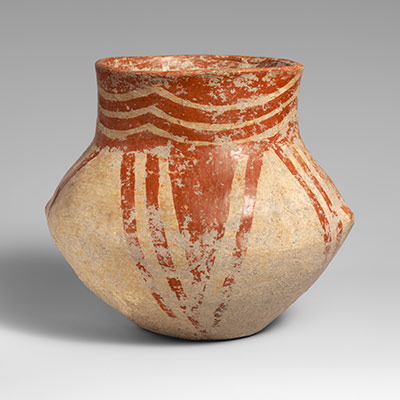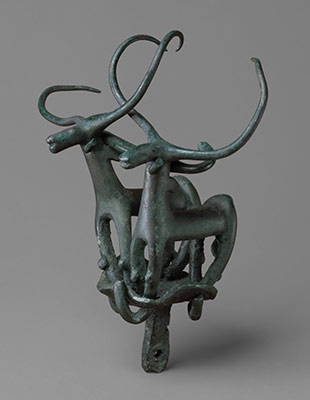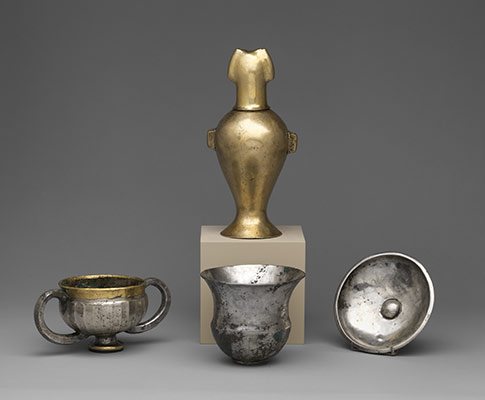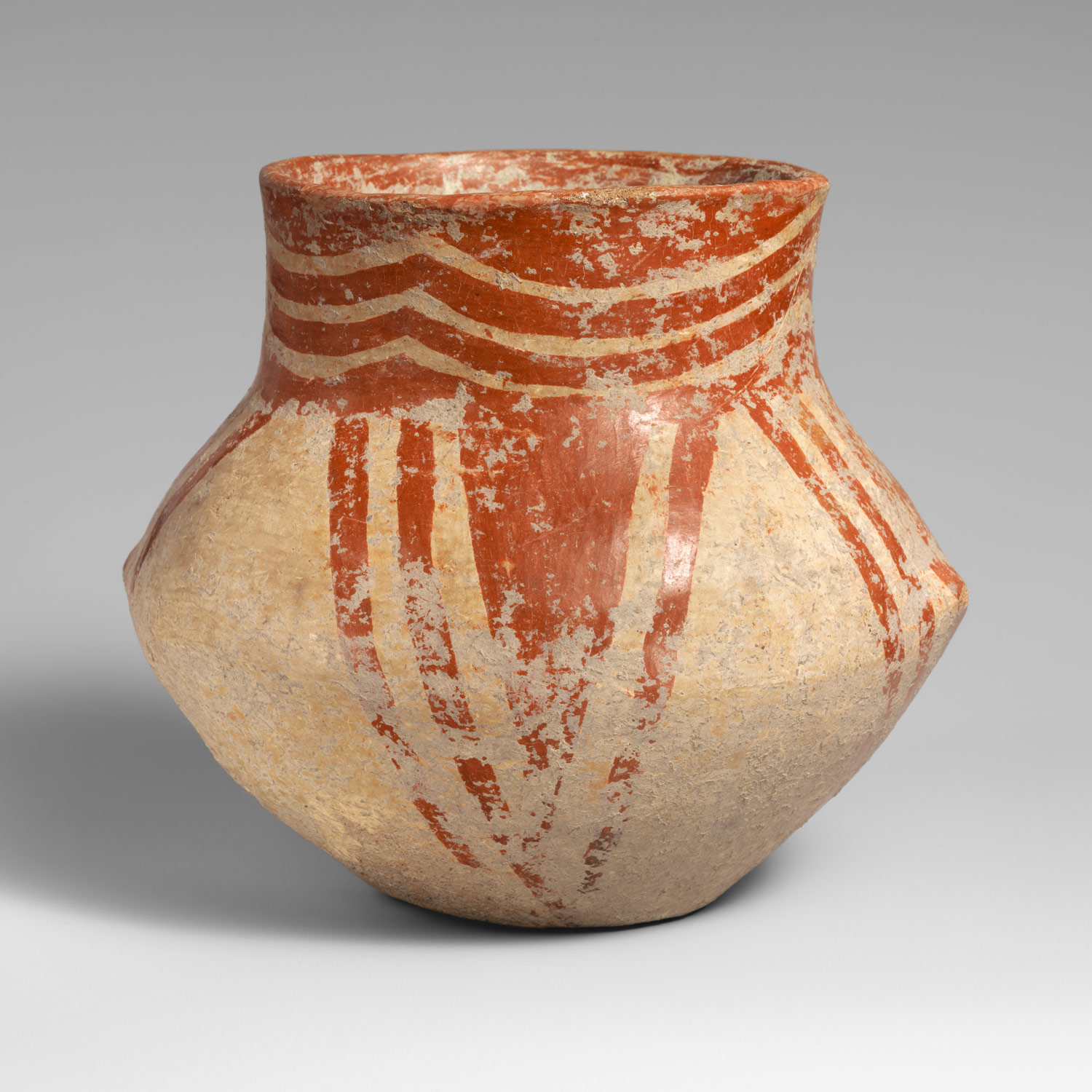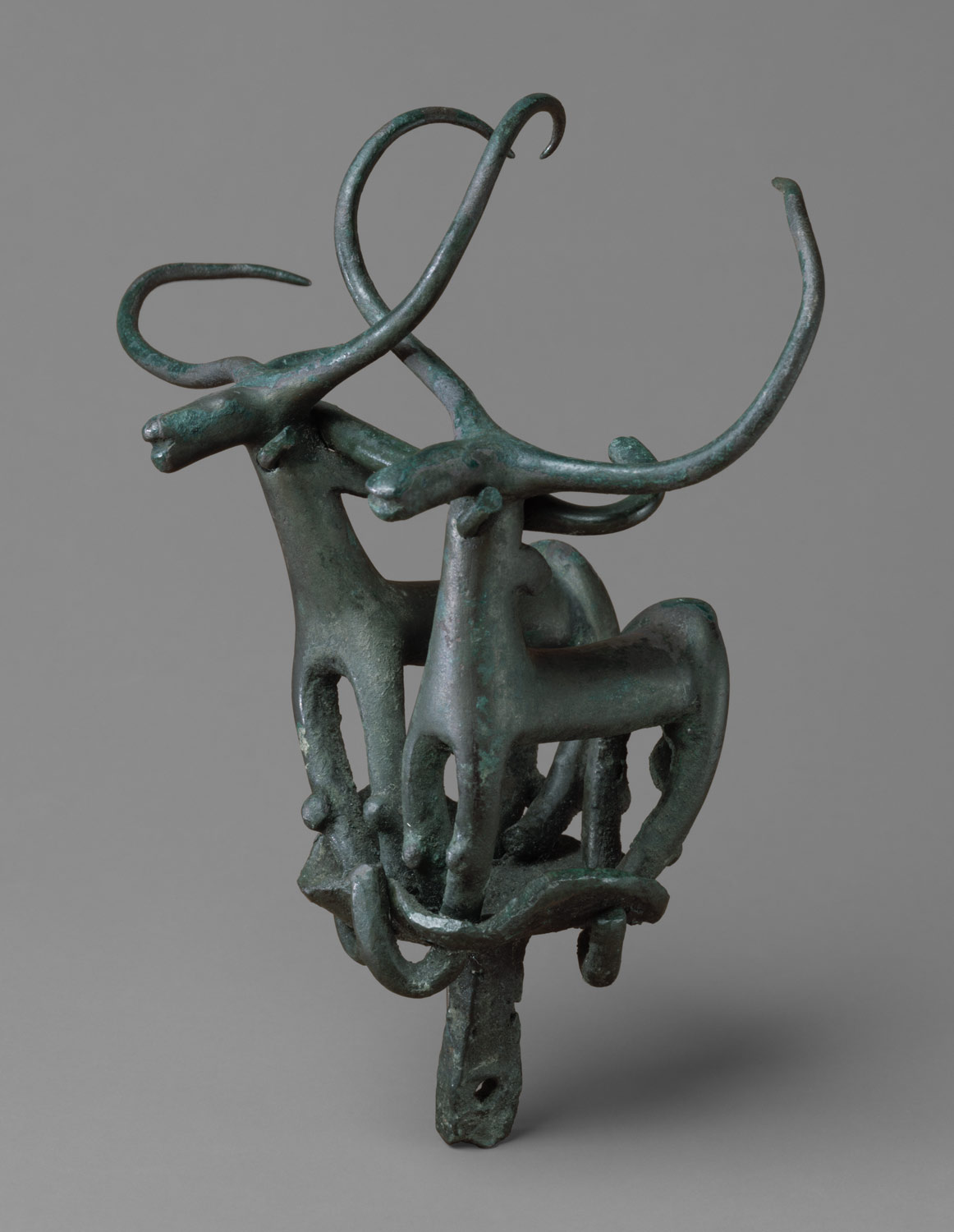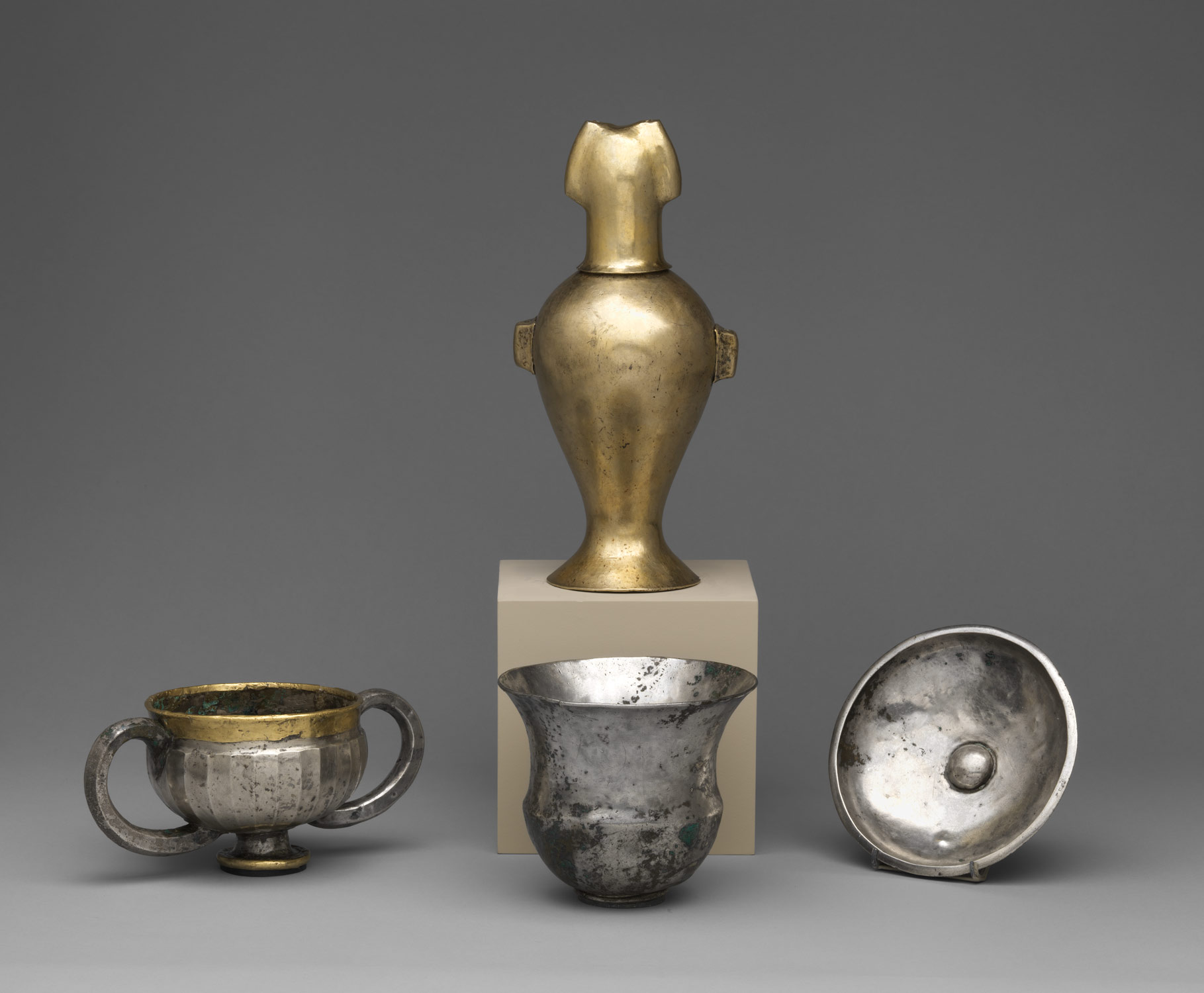A universally accepted chronology for the entire ancient Near East remains to be established. On the basis of the Royal Canon of Ptolemy, a second-century A.D. astronomer, regnal dates can be determined with certainty in Babylonia only as far back as 747 B.C. (the accession of King Nabonassar). Through the use of excavated royal annals and chronicles, together with lists of annually appointed limmu-officials, the chronology of Assyria can be confidently extended back to 911 B.C. (the accession of King Adad-nirari II). The earliest certain link with Egypt is 664 B.C., the date of the Assyrian sack of the Egyptian capital at Thebes. Although it is often possible to locate earlier events quite precisely relative to each other, neither surviving contemporary documents nor scientific dating methods such as carbon 14, dendrochronology, thermoluminescence, and archaeoastronomy are able to provide the required accuracy to fix these events absolutely in time. The West Asian portion of the Timeline therefore employs the common practice of using, without prejudice, the so-called Middle Chronology, where events are dated relative to the reign of King Hammurabi of Babylon, which is defined as being ca. 1792–1750 B.C.
Between ca. 11,000 and 9000 B.C., hunters and gatherers settle the first permanent villages in southeastern and central Anatolia. They produce sophisticated utilitarian tools from readily available resources of animal bone and stone. Perhaps to meet the demands of a growing population, a shift to an economy based largely on farming occurs in the Neolithic period (ca. 11,000–6400 B.C.). The period is divided into an early phase without pottery and a later phase when pottery is present. Obsidian (volcanic glass) from Anatolia is widely traded across the Near East.
In the Chalcolithic period (ca. 6400–3800 B.C.) there is a continuity of Neolithic traditions with an increase in the use of copper. In the Early Bronze Age (ca. 3000–2000 B.C.), the region’s rich resources in such metals as tin and silver attract new populations, customs, and artistic styles from the surrounding regions of Mesopotamia, Syria, and the Caucasus Mountains.
